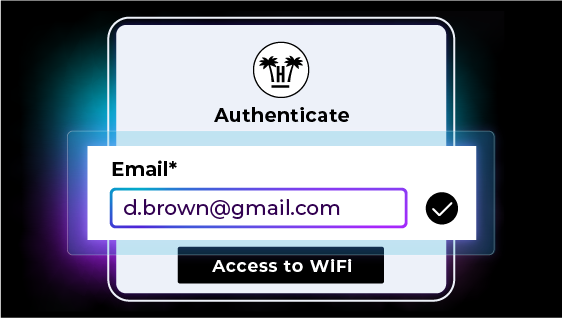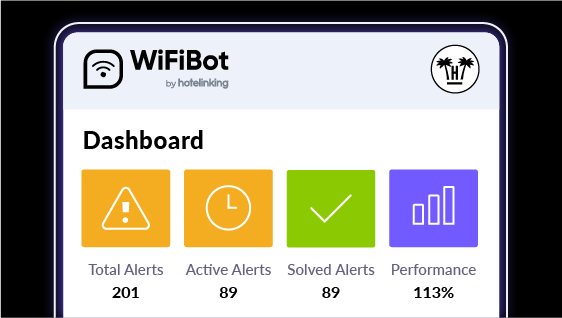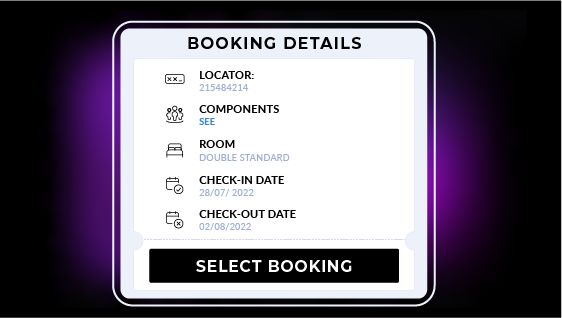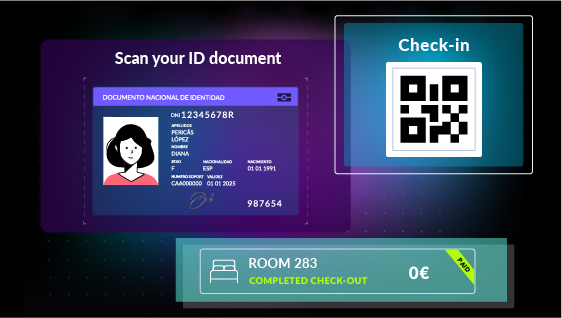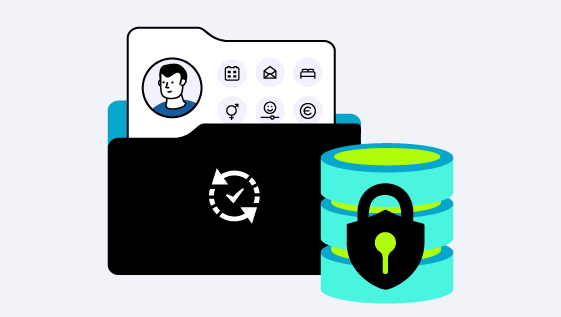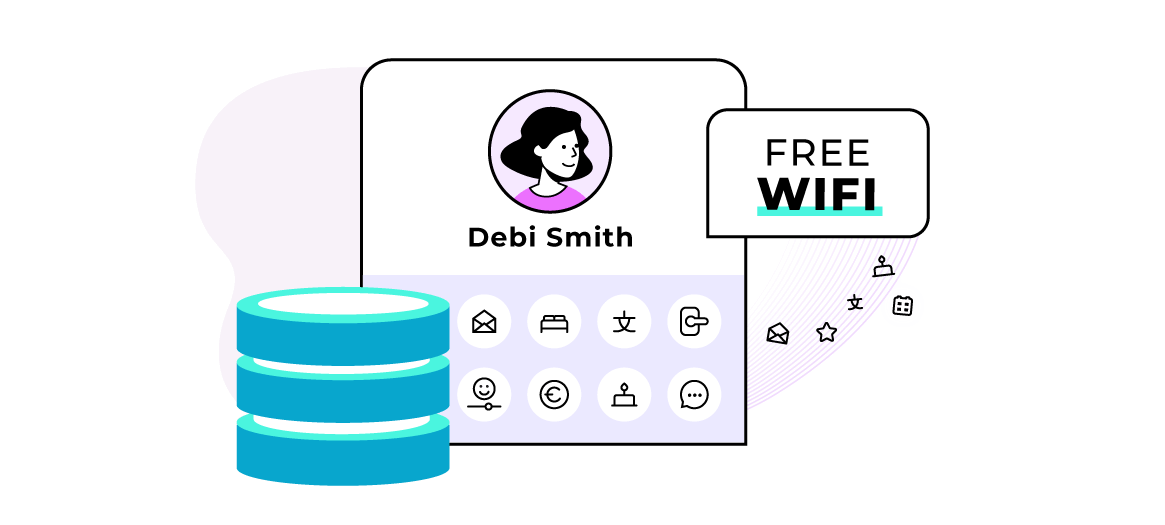
Building a High-Quality Guest Database Machine: A Strategic Guide for Hotel Groups
In today’s highly competitive hospitality industry, a comprehensive and high-quality guest database is crucial for driving direct bookings, enhancing guest loyalty, and maximizing revenue.
Yet, many hotel groups fall short in capturing the majority of guest data from visitors who stay at their properties.
This results in missed opportunities for marketing, diminished revenue growth, and weaker guest retention. In this blog post, we will explore the challenges hotel groups face in building high-quality databases, the consequences of failing to address these gaps, and how Hotelinking’s advanced captive portal can solve these issues by generating actionable, clean guest data integrated with PMS, CRM, and loyalty systems.
The Challenge: Why Your Guest Database Is Underperforming

Many hotel groups struggle with fragmented, inefficient processes when it comes to collecting guest data. Several factors contribute to this issue:
1. Over-Reliance on OTAs (Online Travel Agencies)
More than 80% of hotel reservations are made through OTAs such as Booking.com or Expedia. These platforms typically provide only transactional data, such as temporary or anonymous email addresses that expire after check-in, rendering them useless for ongoing marketing efforts. Consequently, many hotels miss out on valuable guest data that could be used for marketing, loyalty programs, and future direct bookings.
2. Manual Data Collection at the Front Desk
Hotels often rely on manual methods, such as asking guests to provide their emails during check-in. This leads to several issues: illegible handwriting, typos, and inaccurate or incomplete data entry. In many cases, only a small portion of guests provide valid, usable email addresses, leaving the hotel’s database fragmented and limiting the potential for future outreach.
3. Disjointed Systems
In many hotel groups, WiFi networks, Property Management Systems (PMS), and Customer Relationship Management (CRM) systems operate in silos. The lack of seamless integration means valuable data about guests isn’t automatically captured, verified, or updated. This inefficiency leads to missed opportunities for marketing and guest engagement.
4. Lack of Real-Time Email Verification
Many hotel groups that use captive portals to collect guest data often fail to implement real-time email verification. This results in databases filled with inaccurate, low-quality email addresses, such as fake or mistyped emails. These issues significantly impact marketing performance, leading to higher bounce rates, lower deliverability, and wasted marketing resources.
The cost of cleaning these databases after the fact can be substantial in both time and money, and it may not even recover lost opportunities. Emails that were entered incorrectly are essentially lost forever, reducing the overall size of the guest database used in CRM for targeted campaigns. The result is diminished reach and lower campaign effectiveness, which ultimately leads to missed opportunities for direct bookings and guest engagement.
The Impact: Missed Opportunities for Direct Bookings, Loyalty, and Revenue
Failing to capture comprehensive guest data results in numerous negative consequences for hotel groups:
1. Limited Database Size
Hotel databases often contain data from only 10%-15% of all guests who stayed at the property. A restricted database limits the scope of marketing campaigns, including email campaigns that rely on volume and personalization to achieve success. When you’re only able to market to a fraction of your past guests, you significantly diminish your potential to drive direct bookings and foster guest loyalty.
2. High Bounce Rates and Low Engagement
Without real-time email verification, many hotels end up with databases filled with invalid or low-quality email addresses. This leads to high bounce rates, low open rates, and decreased deliverability, which in turn harms the reputation of the hotel’s domain and reduces the effectiveness of email campaigns. Hotels relying on such databases often see poor email deliverability rates, falling below the industry standard of 95%, and suffer from high email bounce rates.
3. Weakened Guest Loyalty
When only a small percentage of guests are included in marketing campaigns, the ability to foster long-term guest loyalty weakens. Guests who don’t receive ongoing communication and offers are less likely to book again. This is particularly detrimental in an industry where repeat business and loyal customers are key to sustained success.
The Solution: Hotelinking’s Guest Database Generation Machine
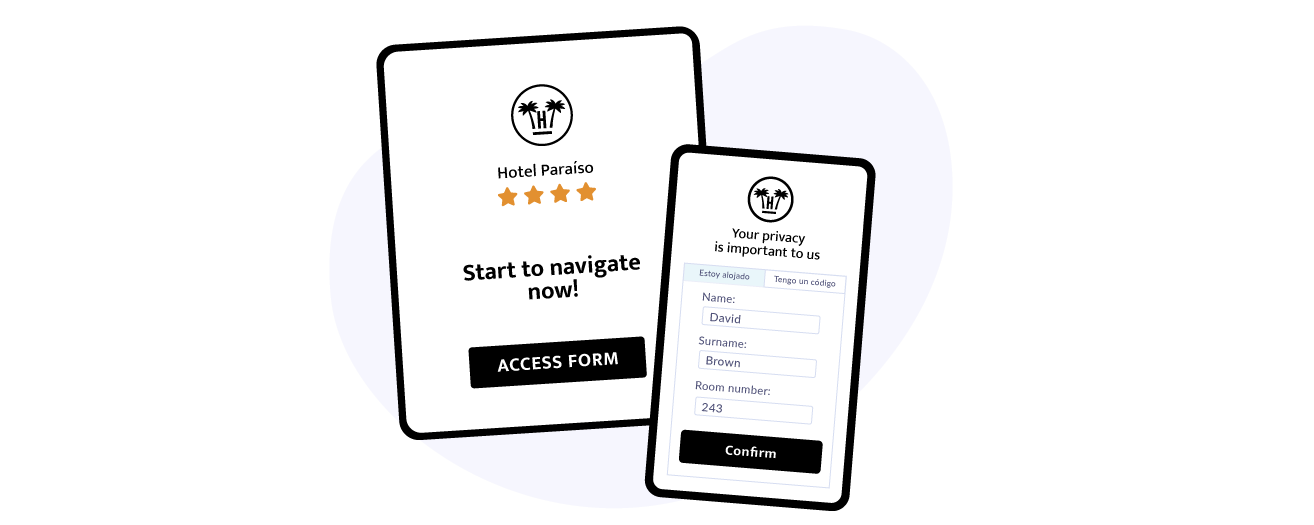
Hotelinking’s advanced captive portal provides a comprehensive, integrated solution to these issues. It captures guest data seamlessly, verifies emails in real-time, and integrates with both the PMS and CRM to ensure the data is actionable for future marketing campaigns. Here’s how it works:
1. Real-Time Data Capture Through PMS Integration
Hotelinking’s captive portal collects guest data during the WiFi login process by verifying each guest’s information against the PMS in real-time. Guests are required to provide key data, such as their name, room number, and email address, which are checked against the PMS to ensure validity. This system also captures data from companions who are not the primary guest, filling in gaps that are commonly missed by traditional methods.
The result is a significantly larger and more accurate database, often capturing 70% to 80% of all guests visiting the property—a substantial improvement from the industry norm of 10%-15%.
2. Real-Time Email Verification
One of the standout features of Hotelinking’s system is its real-time email verification process. Unlike traditional systems where emails are entered and later cleaned manually, Hotelinking ensures that only valid, correctly formatted emails are added to the database. This verification occurs within milliseconds, prompting guests to correct any mistakes or provide a valid email if errors are detected.
This system leads to remarkable improvements in key marketing metrics:
- 99% Deliverability Rate: With verified emails, Hotelinking’s solution achieves a 99% deliverability rate for marketing campaigns, ensuring that emails actually reach guests’ inboxes rather than bouncing or landing in spam folders.
- 62% Email Open Rate: Verified emails and personalized offers sent to accurate data lead to much higher engagement, with open rates reaching 62%, far exceeding the hospitality industry average.
3. WiFi Infrastructure Vendor-Agnostic
Hotelinking’s captive portal is designed to be vendor-agnostic, meaning it integrates seamlessly with existing WiFi infrastructure, whether the hotel uses Mikrotik, Cisco Meraki, Aruba, Ruckus, or Unifi. This flexibility allows hotels to implement the solution without the need for costly upgrades or changes to their existing networks. Additionally, remote implementation ensures that no on-site engineering is needed, reducing the time and expense associated with deployment.
4. Seamless CRM and Loyalty Program Integration
Once guest data is captured and verified, it’s automatically transferred to the hotel’s CRM, where it can be used for personalized marketing campaigns and loyalty program enrollments. Hotelinking’s system integrates with major CRMs such as Salesforce, Cendyn, and HubSpot, ensuring that data flows seamlessly and in real-time between systems.
This level of integration enables hotel groups to:
- Increase Enrollment in Loyalty Programs: Guests can be automatically enrolled in loyalty programs based on the data captured during WiFi login, driving stronger repeat business.
- Drive Direct Bookings: Personalised email campaigns can be sent based on real-time data, with offers tailored to guest preferences and behaviors.
The Results: Transforming Your Database and Marketing Performance
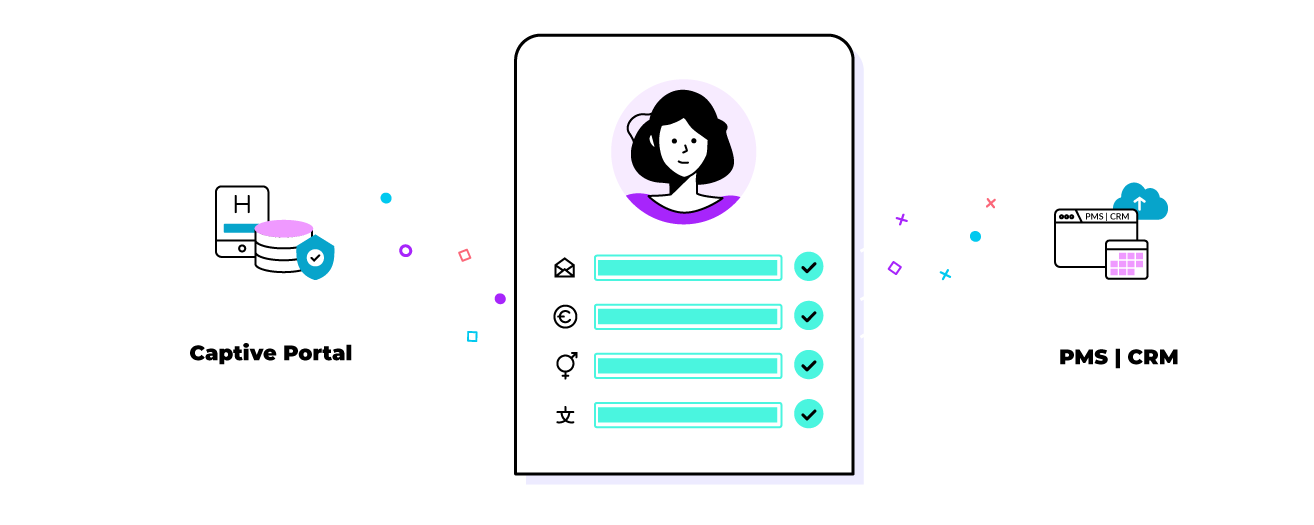
By implementing Hotelinking’s captive portal, hotel groups can dramatically improve the quality and scope of their guest databases, leading to:
- Significant Database Growth: Hotelinking enables the capture of 70%-80% of all guest data, compared to the typical 10%-15% collected by other methods.
- Higher Email Campaign Success Rates: With real-time email verification, hotels can achieve a 99% email deliverability rate and a 62% open rate, far exceeding industry benchmarks.
- Reduced Reliance on OTAs: By building a larger, more accurate database, hotels can reduce their dependence on OTAs for bookings and increase direct sales through targeted marketing campaigns.
- Increased Guest Loyalty: Personalized communication based on accurate, up-to-date guest data fosters stronger loyalty and more repeat bookings
Conclusion: Building a Future-Proof Guest Database Strategy
Hotel groups that rely on outdated, manual data collection methods are leaving significant revenue on the table. By adopting Hotelinking’s advanced captive portal, integrated with both PMS and CRM systems, hotels can create a robust guest database that fuels marketing campaigns, increases direct bookings, and strengthens guest loyalty.
The time to act is now—implement Hotelinking’s guest database generation machine and transform your approach to guest data collection and marketing. With the right tools, your guest database can become a high-performance marketing engine, delivering real results for your hotel group.
